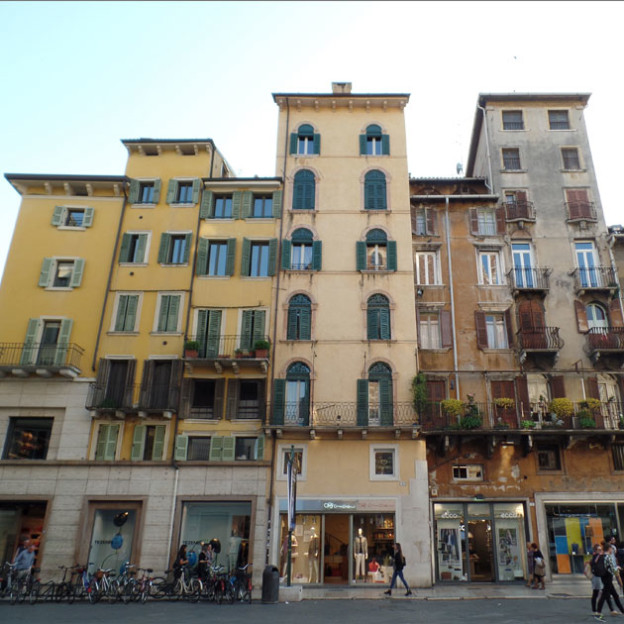


It is difficult to date the Jewish presence in the city of Verona. Certainly there were Jews in the tenth century, so much so that in 965 the Veronese bishop, as a consequence of a theological dispute, caused his expulsion.
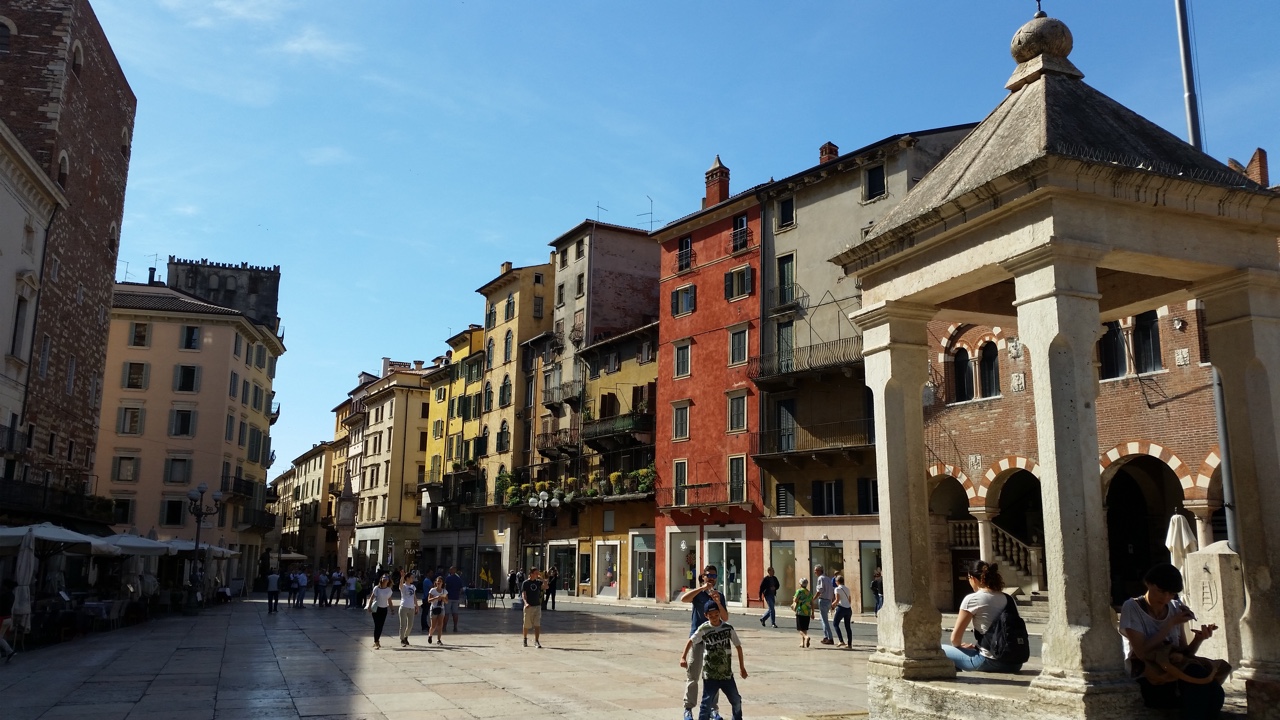
New documentary traces of their presence are found in the territories surrounding the city still at the end of the 12th century. The names reported in these documents suggest that the origin of these Jews was Germanic and therefore of Ashkenazi rite.

Famous philosophers and poets were able to pass through Verona. Among these the poet Abrahàm ibn Ezra, the Talmudist Hillèl ben Shemuel and already in 1239 there seems to be a rabbinic court.
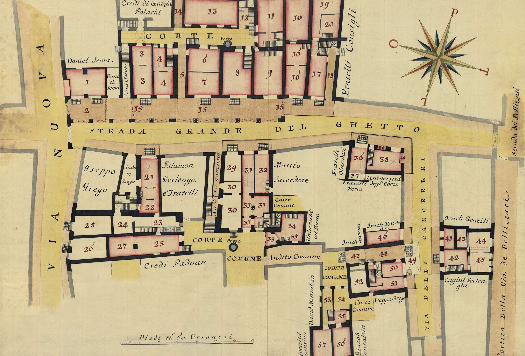
Although it can be considered certain that Jews resided in Verona also during the Scaliger rule, the first documentation that begins to attest to their presence dates back to 1408.

The Republic of Venice authorized the Jewish residence in Verona. As in the rest of the Venetian territories, Jews were initially authorized exclusively for loan [3]. With the same deed, the San Sebastiano district, near Piazza delle Erbe, was assigned as the area of ??residence. Always sharing the fate of their co-religionists in Venetian territory, even in Verona the Jews were repeatedly expelled and recalled according to the mood of the population and the coffers of the Serenissima.
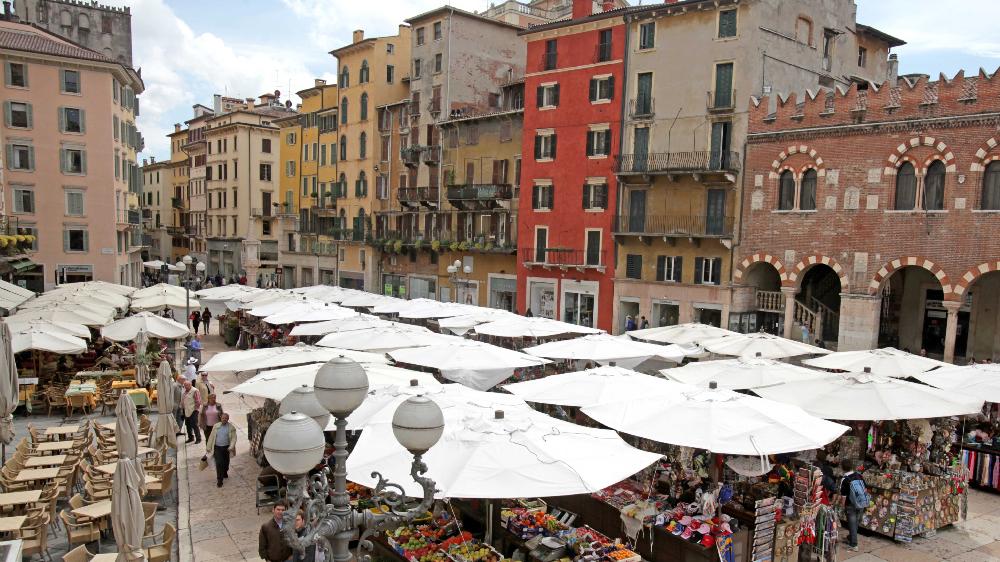
The consistency of the Jewish presence in Verona cannot be defined, both because of the continuous expulsions and because there were no censuses. In 1599 a census was carried out, and the Jewish presence was counted in about 400 people, who owned 25 shops.
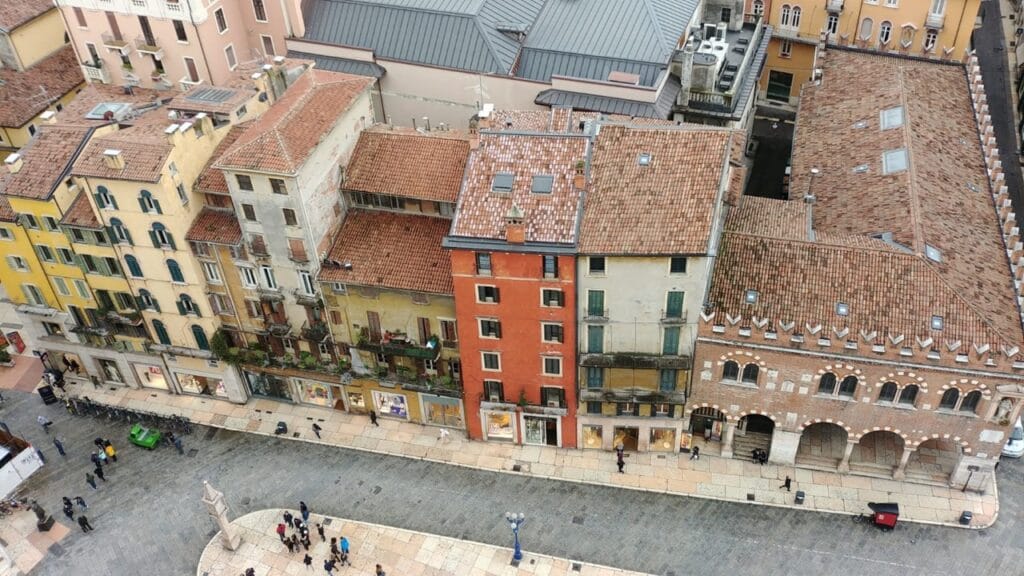
The initial constraint to the sole trade of lending gradually eased, allowing Jewish entry into trade and the field of weaving. It is also as a consequence of the increase in the Jewish presence in trade that, at the urging of Bishop Valerio, the ghetto was established in 1600. Unlike Venice, where Jews were forcibly forced into the ghetto in 1516, the creation of the ghetto met with favor with the Jewish population. In fact, cases of anti-Semitic violence were not rare. The area that today is located between via Mazzini and via dei Pellicciai, always near Piazza delle Erbe, was destined to be a ghetto.

The intensification of the pressure on the Venetian Jews caused some immigration waves between 1638 and 1655 which brought numerous Sephardi families mainly devoted to trade to Verona. As already happened in Venice, also in Verona the integration between the Sephardi community and the original one took several years but, already in 1675 a common school was established. The community grew numerically and, at the end of the century, numbered about 900 people. The Jews started new businesses by entering the tobacco trade, tax collection, mediation.

When, in 1797, the Napoleonic troops opened the ghetto, the Jewish community was well integrated into Veronese life: many shops were owned, the fabric trade was well underway, traders participated without problems in the Campo Marzio market. Not even the passage under Austria-Hungary changed the status of Jewish citizens. In these same years the community experienced its moment of maximum expansion having reached 1400 people. Immediately, however, the community began to decrease, and, in 1931, it counted just over 400 people (471 were those affected by the racial laws in 1938: 414 in the Province of Verona and 57 in that of Vicenza, then reduced to 231 in 1940) .

At the end of the Second World War, the official community numbered around a hundred people and it has remained so to this day (120 regularly registered, of which a dozen in the province of Vicenza). Several other Jewish families not registered with the community reside between the provinces of Verona and Vicenza.

The synagogue of Verona, of German rite, is located in the historic center in via Portici (a side street of via Mazzini) and was renovated in 2002. A small museum is attached to the synagogue.
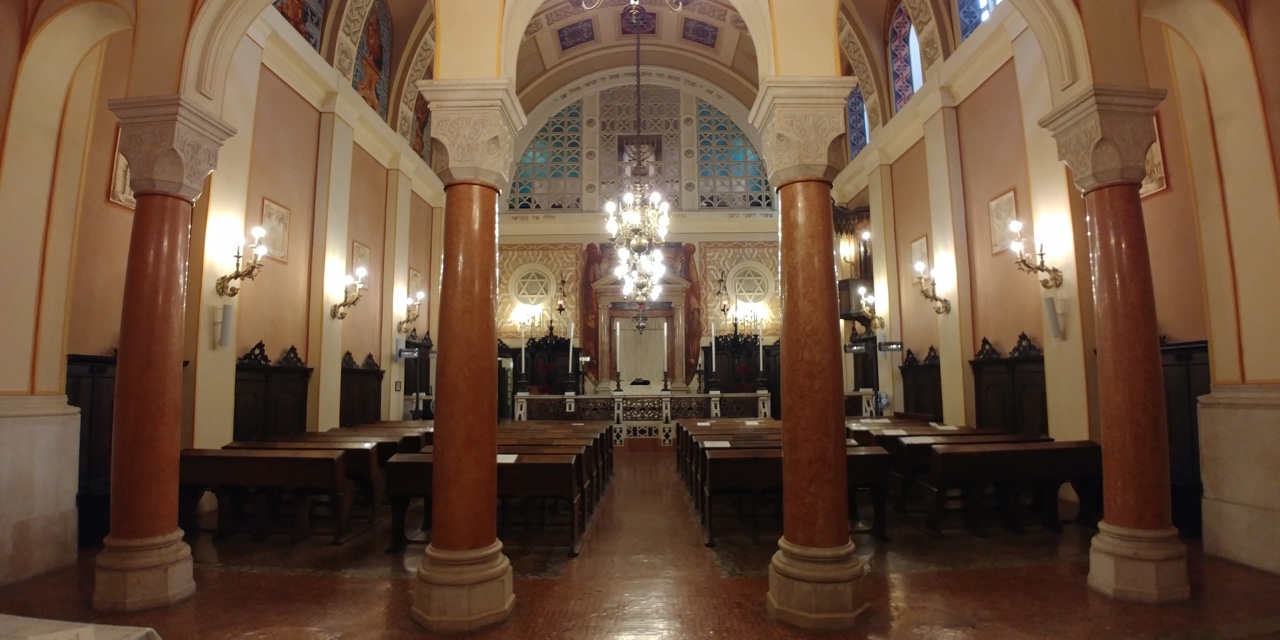
The cemetery of Borgo Venezia preserves tombstones that date back to the eighteenth century. Two previous cemeteries are preserved: one in Campo Fiore, in use from the 17th to the 18th century; the other in Porta Nuova, decommissioned in 1855, of which some photographic images also remain.

Tefilot opening hours / functions
Summer:
Friday: from 7.30pm to 8.30pm
Shabbat - Saturday: 09:45 - 12:30
Winter:
Friday: from 19:00 to 20:00
Shabbat - Saturday: 09:45 - 12:30
Ghetto of Verona - Jewish Community
Address: Via Portici, 3, 37121
Phone: 045 800 7112
Site:
https://www.comebraicavr.it/Location inserted by
TesoriDelGhetto